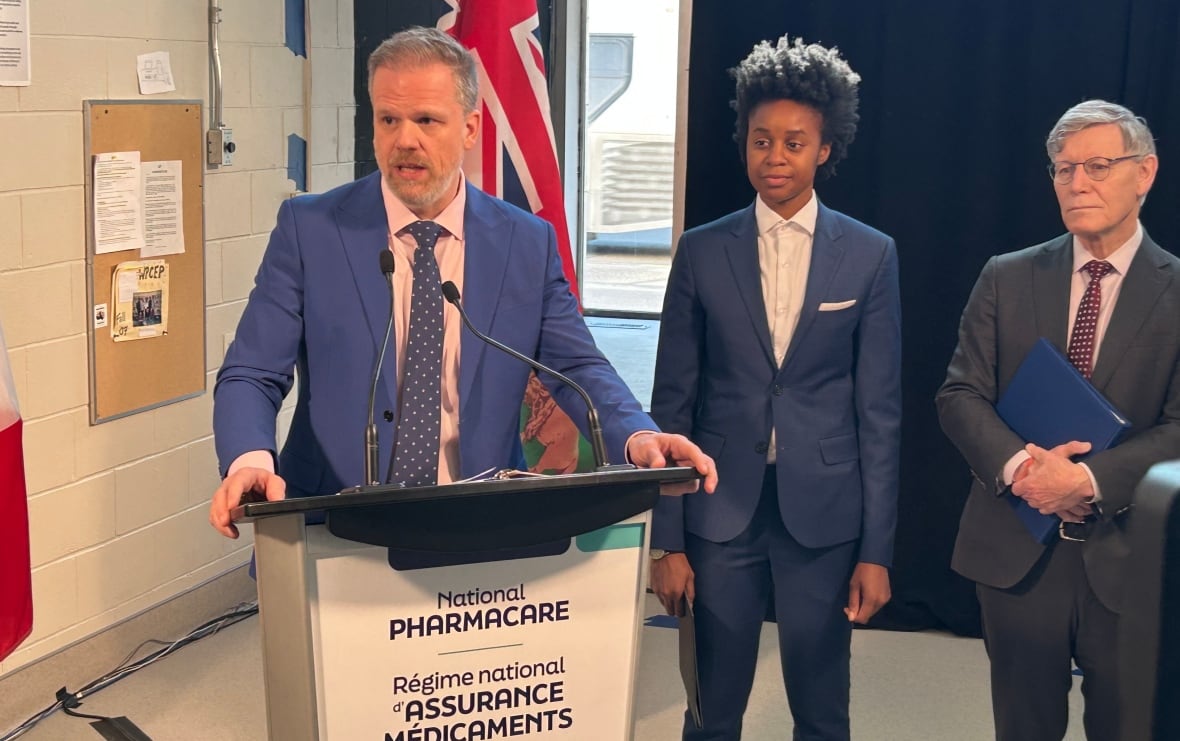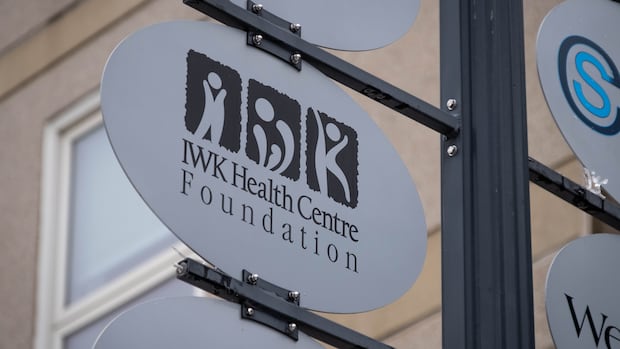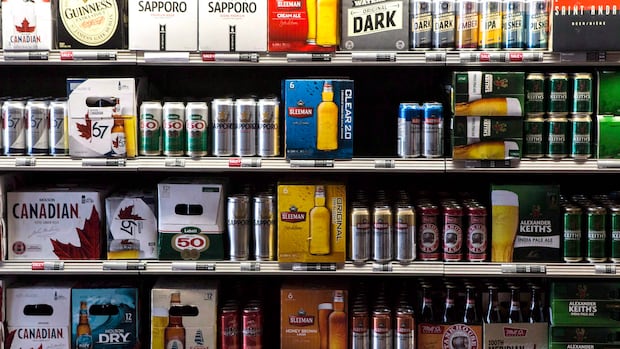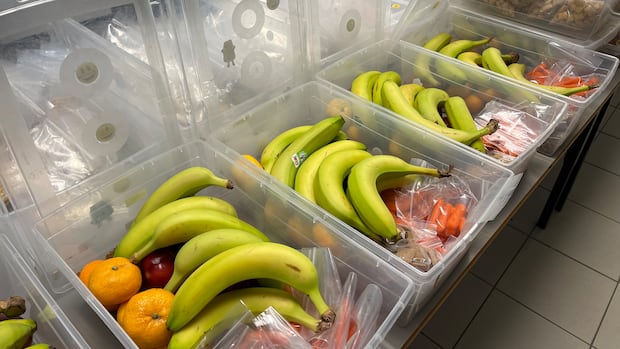Two provinces have implemented pharmacare this year, two more jurisdictions are preparing to roll it out and the rest of the country doesn’t know if Ottawa still intends to subsidize some prescription drugs for them, too.
National pharmacare may become a regional privilege afforded to only four of Canada’s 13 provinces and territories.
Health Minister Marjorie Michel raised suspicions Ottawa would abandon future pharmacare deals when she said in July that Canada has “a new government” and the country is “in a new context.”
She had been asked why the talks weren’t progressing.
The minister wasn’t available for an interview this week, but Michel’s office repeated previous statements when it said the government would “protect” the four agreements with B.C., Manitoba, P.E.I. and Yukon — language the Liberals used in the recent election campaign. Her office wouldn’t comment on the status of outstanding deals.
But in the two provinces where national pharmacare is operating, early returns appear promising.
More eligible drugs
The program in P.E.I. covers most contraceptives and diabetes medications, as well as expanded access to blood glucose test strips. It took effect in May.
For many patients, the biggest difference is the elimination of small copays that they previously had to provide for each refill through private insurance or existing provincial pharmacare, said Erin MacKenzie, executive director of the P.E.I. Pharmacists Association.
“When you tell someone that they don’t have to pay anything, they’re happy,” said MacKenzie.
The other advantage to federal funding is more drugs becoming eligible for coverage, she said.
In some cases, that allows patients to simplify their medication regime to one drug rather than two or more, MacKenzie said.
But there’s also been challenges.
Pharmacists have had to adjust billing information, but only for the certain medications eligible for federal funding.
“When you’re doing we’ll say 200 to 500 prescriptions a day, it’s not a seamless process anymore,” MacKenzie said.
Some insurers dropping coverage
And some private insurers have removed the drugs now covered by Ottawa from the list of medications they pay for, she said.
This won’t impact most patients, but MacKenzie said there’s a risk of complications. For example, a P.E.I. university student studying out of province would have to visit a P.E.I. pharmacy to be covered for a drug delisted by their parents’ insurance.
Britt Kural with Pharmacists Manitoba said she’s encountered similar issues. She understands some Manitobans, already covered under the federal public drug benefit program, are having trouble accessing their medication through national pharmacare.
But overall, she said most patients are better off.
Manitoba’s pharmacare requires some to pay a deductible based on their income. The federal program results in big savings, Kural said.
In the three-and-half months since federal pharmacare began operating in Manitoba, it has supported 139,000 people, the province said. It also includes coverage for hormone replacement therapy and HIV prevention medications (PrEP and PEP).

Manitoba Health Minister Uzoma Asagwara said some of those people are getting certain medications for the first time.
Before federal pharmacare, medical providers “knew their patients couldn’t afford it — and now they’re able to have open conversations,” Asagwara said.
So far, Health Canada has paid $26 million to Manitoba and $3 million to P.E.I. to cover these medications.
Since the federal government is assuming the cost, MacKenzie said provincial governments and private insurers are saving an untold amount of money.
“I am glad that we were able to get that deal signed before the election,” Asagwara said.
Implementation of Yukon deal delayed
Two other pharmacare deals, also providing universal coverage for diabetes medications and prescription birth control, will take effect next year.
Yukon’s program is “on track” to start in March 2026, a territorial spokesperson said. The bilateral agreement, signed last March, indicated the arrangement would begin by January at the latest.
The spokesperson added the territory “continues to engage with federal officials” to “ensure its successful rollout in the Yukon.”
B.C.’s agreement, which also includes hormone treatment for menopause, is slated to begin next March as well.

An advocate for universal contraceptives in Ontario wants the inequity in coverage to end.
“We’re the biggest province in this country by population,” said Elizabeth Thompson, advocacy lead for Cover Contraception.
She said it “seems outrageous” that Ontario doesn’t yet have a deal “because we have the most to gain.”
Her province, along with Alberta, Saskatchewan, Quebec, Newfoundland and Labrador, Nova Scotia, New Brunswick, Nunavut and Northwest Territories, don’t have deals with the feds yet.
At the provincial and territorial level, some form of pharmacare is already in place across Canada. But what’s covered, who is eligible and how much it costs varies. The federal pharmacare program was launched as part of a supply-and-confidence agreement with the NDP, with the intention of eventually providing nationwide universal drug coverage.
Thompson expects the federal government to return to the table after feeling some public pressure.
“[Prime Minister Mark Carney] knows it’s going to be a win for his government,” Thompson said.






